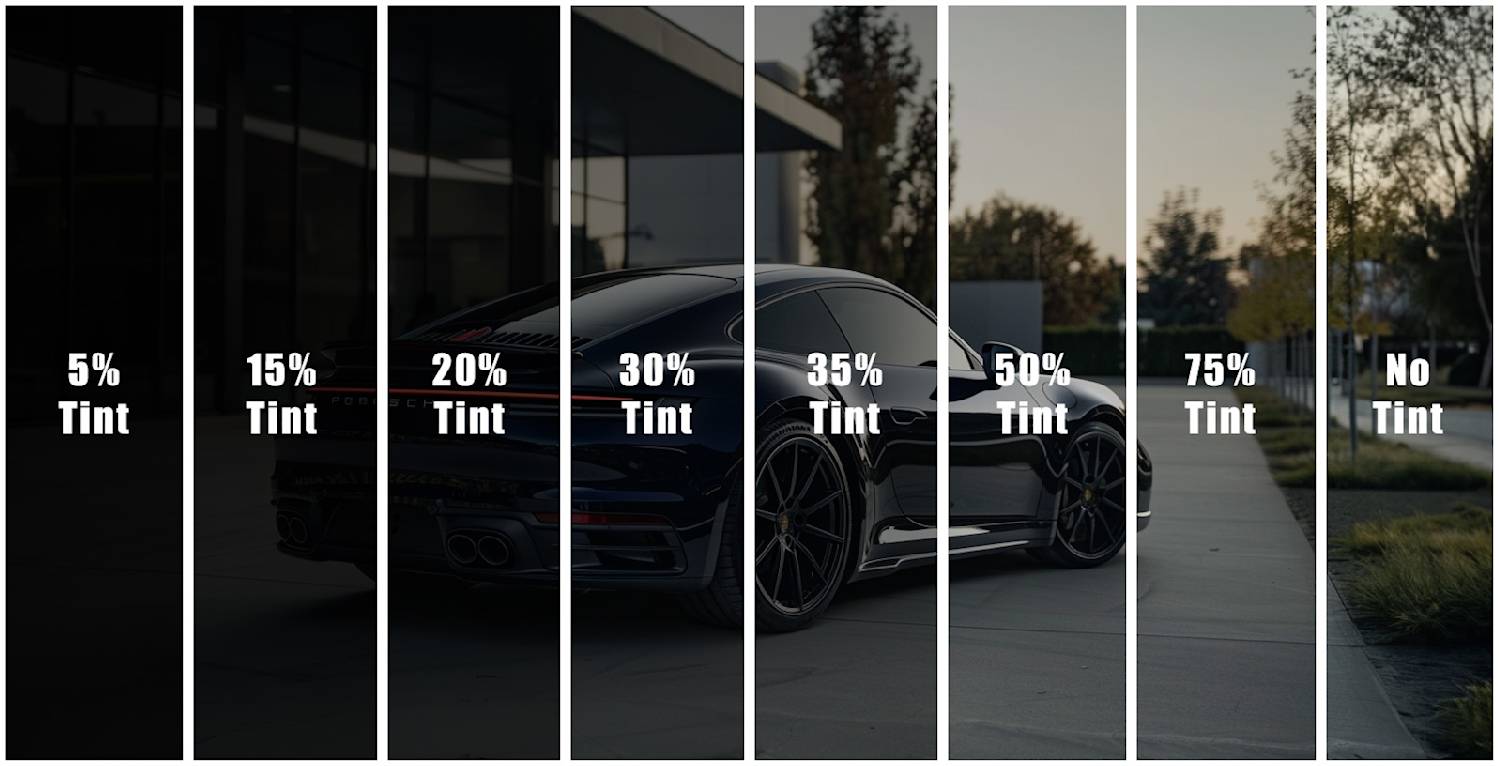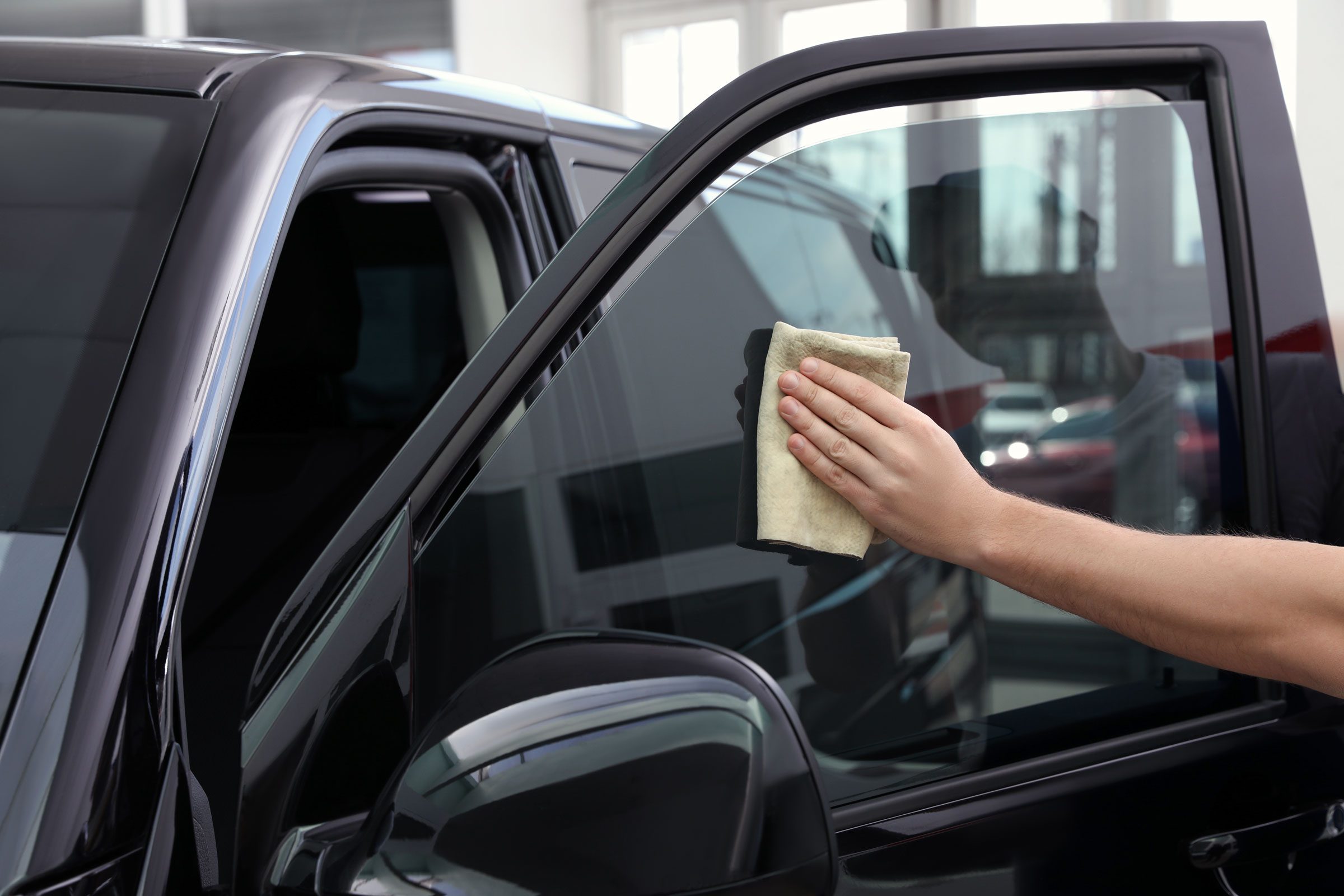Explore Professional Window Tinting Services for Enhanced Car Aesthetics
Explore Professional Window Tinting Services for Enhanced Car Aesthetics
Blog Article
Home Window Tinting Laws: What You Required to Know Prior To Tinting Your Automobile
Understanding home window tinting laws is important for any vehicle owner considering tinting their cars and truck. As you ponder boosting your automobile's appearance and functionality, it is important to realize not just the lawful implications yet likewise the sensible factors to consider that come with picking the best color.
Significance of Comprehending Color Laws
Recognizing window tinting legislations is important for vehicle owners to make sure conformity with state regulations. These laws determine the acceptable degrees of color darkness and reflectivity, which can dramatically differ from one territory to one more. Failing to adhere to these regulations can cause penalties, compulsory elimination of the tint, and potential difficulties throughout lorry assessments.
Moreover, understanding these legislations helps car owners make educated decisions about their tinting alternatives. Various kinds of home window movies supply various benefits, such as UV protection, warm being rejected, and glow decrease. Without knowledge of the lawful limits, automobile proprietors take the chance of picking items that may eventually lead to legal concerns.
In addition, understanding of tinting legislations cultivates a much safer driving setting. window tinting. Excessively dark tints can harm presence, increasing the risk of crashes, especially at night or in negative weather condition conditions. Regulation enforcement firms also make use of these laws to guarantee roadway safety, making compliance not just a legal responsibility yet a personal duty
State-Specific Tint Laws
Each state in the U.S. has developed its very own specific guidelines concerning window tinting, showing a diverse array of requirements and criteria. These guidelines can vary considerably, affecting how vehicle proprietors come close to installation and conformity. Some states permit darker colors on rear home windows while enforcing rigorous limitations on front-side windows.
Furthermore, guidelines usually define permitted color materials and colors. Particular states restrict reflective colors completely, while others may permit them to a minimal degree. Additionally, some jurisdictions mandate that cars with tinted windows present a sticker label suggesting compliance with state laws, giving a clear recognition for police.
Enforcement of these laws likewise varies; some states are a lot more aggressive, performing random checks, while others count on grievances or visible offenses to initiate enforcement. Car proprietors need to be conscious that failure to follow state-specific tint laws can cause fines, necessary elimination of prohibited colors, or both.

Legal Color Percentages
Figuring out the lawful tint portions is essential for vehicle owners seeking to comply with state regulations. Each state has specific legislations regulating how much light has to go through the home windows of a car, which is expressed as a portion called Noticeable Light Transmission (VLT) This percent differs considerably across states and can depend on the sort of home window-- front side, back side, and pop over to this web-site windshield.
As an example, some states allow just 20% VLT on front side windows, while others might permit up to 50%. Windscreen tinting is typically a lot more limited, with many territories allowing only a narrow band of color at the top of the windscreen. In comparison, rear windows typically have much more lenient regulations, with some states allowing darker colors.
It is necessary for automobile owners to familiarize themselves with their neighborhood regulations to stay clear of prospective legal concerns. This includes understanding exactly how VLT is gauged, as it can differ based upon the sort of window movie made use of. Remaining educated regarding these policies makes sure conformity and promotes risk-free driving conditions for both the vehicle owner and others when driving.
Effects of Non-Compliance
Stopping working to comply with window tinting legislations can cause significant effects for automobile proprietors. One of the most instant effect is the potential for web traffic quits and citations from police. Policemans trained to determine unlawful color degrees may issue penalties, which can vary by territory yet typically range from modest to substantial quantities. Repetitive infractions might cause increased penalties, consisting of higher fines or added factors on a driver's permit.

Insurance policy firms may likewise impose fines for non-compliance, as prohibited alterations can be considered as a violation of policy terms. If a case takes place., this can influence coverage prices or lead to problems in cases.
Ultimately, the consequences of non-compliance extend past prompt financial penalties; they can impact a driver's insurance rates, legal standing, navigate here and total automobile worth, emphasizing the relevance of sticking to neighborhood window tinting regulations.
Tips for Finding Tinting Options
Comprehending the implications of non-compliance highlights the significance of making educated selections when selecting window tinting alternatives. Firstly, acquaint yourself with your state's particular regulations concerning color darkness and reflectivity. Each state has special policies that dictate the allowable restrictions, so guarantee you stay within these standards to stay clear of fines.
Secondly, think about the type of color material. Options consist of dyed, metalized, and ceramic colors, each offering differing degrees of warm rejection, UV defense, and toughness. Ceramic colors provide premium warmth resistance without interfering with electronic tools, making them a preferred choice.
Additionally, evaluate your primary objective for tinting. If you look for improved personal privacy, choose darker tints; nonetheless, bear in mind that this might influence exposure find out at night. Alternatively, if glare reduction and UV security are your major worries, lighter tints may be enough.
Finally, talk to an expert installer who is well-informed regarding local regulations and can advise high-grade products fit to your needs (window tinting). Taking these variables into account will ensure you make an educated decision, inevitably enhancing both your automobile's aesthetics and capability
Final Thought
To conclude, experience with window tinting laws is important prior to using tint to a lorry. Each state applies certain guidelines relating to noticeable light transmission percents, specifically for front-side windows and windscreens. Non-compliance can result in substantial fines, consisting of fines and necessary elimination of non-conforming tint. By comprehending legal requirements and choosing suitable color products, automobile owners can achieve aesthetic enhancement while staying certified with relevant regulations. Adherence to these standards makes sure both safety and security and satisfaction.
Understanding window tinting legislations is vital for any type of car proprietor considering tinting their cars and truck.Recognizing window tinting laws is critical for car owners to guarantee compliance with state laws. Some states allow darker tints on back home windows while imposing stringent restrictions on front-side home windows.
In comparison, rear windows usually have extra lenient guidelines, with some states permitting darker tints. (window tinting)
In final thought, knowledge with window tinting legislations is necessary prior to applying color to a vehicle.
Report this page